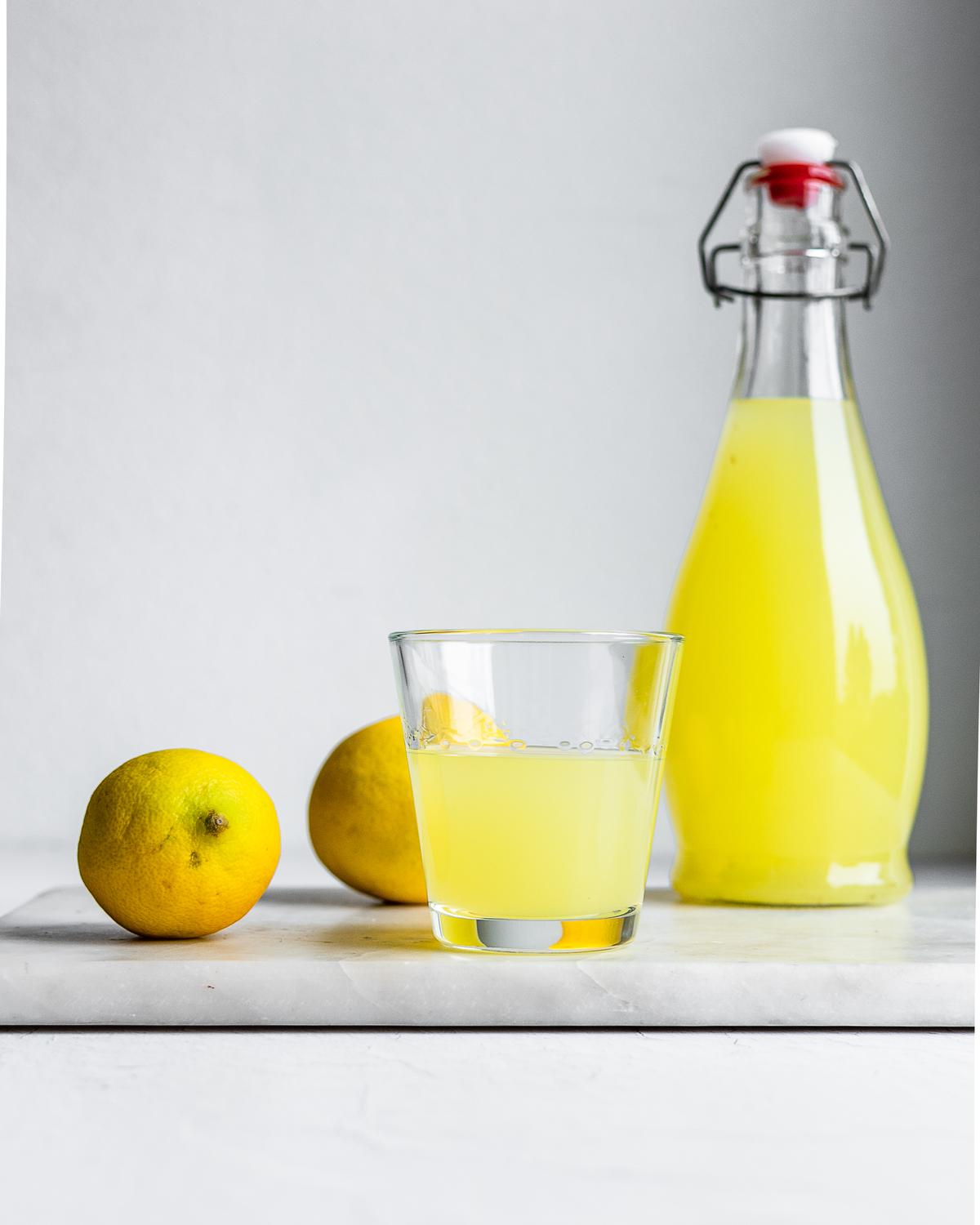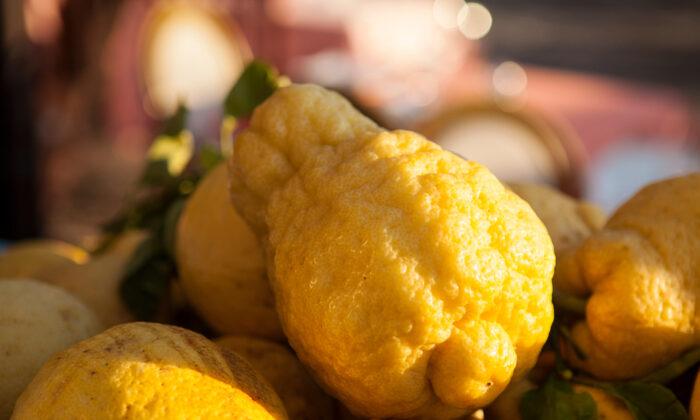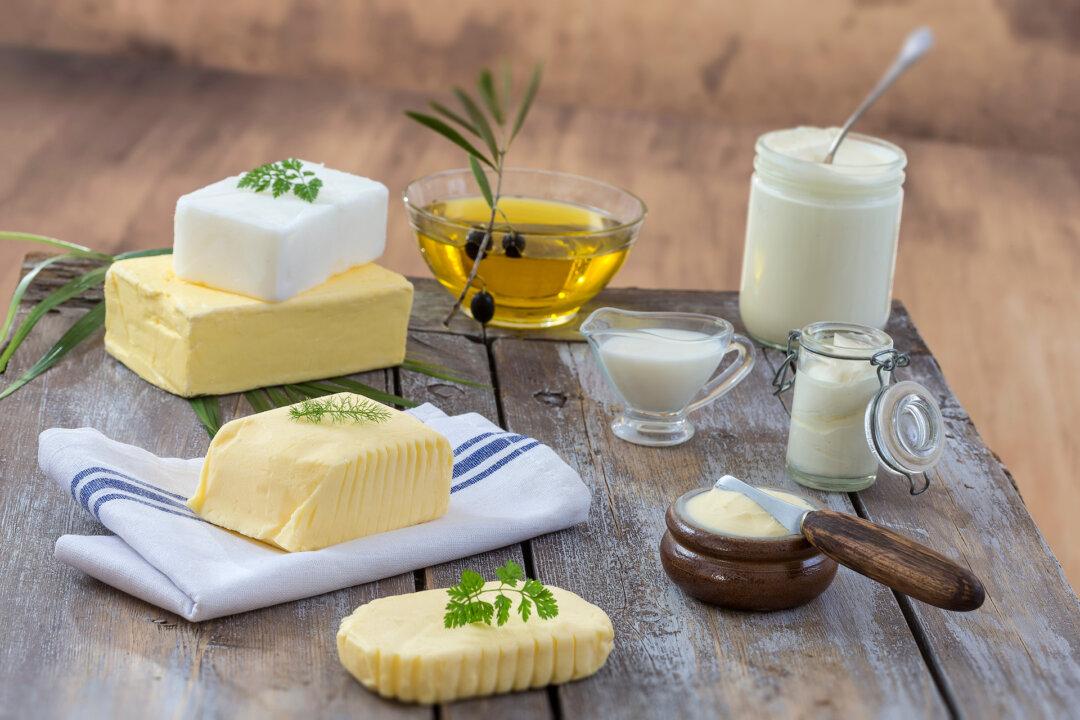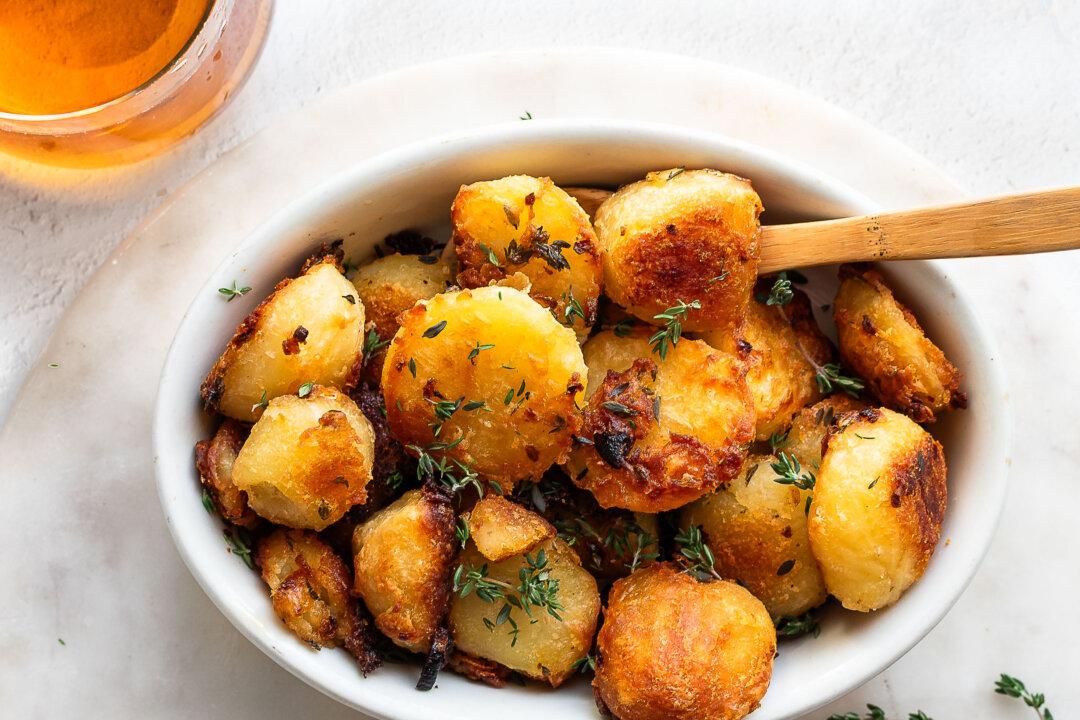It always strikes me as a bit of a marvel that in the deepest and darkest days of winter, citrus arrives with aplomb. It’s on these days, when you’re craving the sun the most, that vividly colored oranges, rosy-hued grapefruit, and bright yellow lemons find their way to your kitchen like little palmfuls of sunshine, bursting with a cheer and their own sort of light.
Sure, you can find lemons, oranges, and clementines year-round, but they’re never quite as good as they are in winter. January and February mark the peak of citrus season, when specialty stores and many well-stocked grocery stores offer less common varieties, such as pink-fleshed pomelos, lumpy-skinned Sumo oranges, and sweet-scented Meyer lemons.
Backyard Trees and Family Recipes
When citrus season arrives in Southern Italy, particularly along the Amalfi coast and the Sorrentine peninsula, communities pluck an abundance of lemons from the trees and make limoncello. This sweet-tasting, lemon-based Italian liqueur soared to commercial popularity in the 1990s and has remained popular since. Before its rise to international fame, the liquor was largely relegated to family homes and stray Italian bistros where it was served after dinner as a digestif.Each family had its own recipe, which generally included soaking lemon peel (never the bitter pith) in alcohol to release its essential oils, before straining and sweetening the infusion. Some families used simple syrup, made with sugar and water, which makes for a bright yellow drink, while others favored honey, which gives the limoncello a deeper amber color and slight floral flavor. It’s a simple task, and once finished, the drink lasts until the next citrus harvest (or longer), meaning that you could capture that lemony brightness for all year long.
It’s All About the Lemon
When you make limoncello, keep in mind that not just any lemon will do. True limoncello depends upon a unique variety that grows in Southern Italy—the Santa Teresa lemon, also known as the sfusato amalfitano or Sorrento lemon.This exceptionally large lemon is about as heavy as a grapefruit, but with an oblong rather than spherical shape. But their magic rests not in their size, but in their deep and abundant oil glands. These glands produce copious amounts of essential oils; if you were to hold the lemon in your hand and give it the lightest squeeze, you’d see the oil pool up at the surface of the pale yellow rind.
Soaking the lemon’s zest in alcohol extracts these essential oils, which are what give limoncello its distinct fragrant flavor and milky yellow hue. When you mix the infusion with simple syrup and give it a good shake, the volatile oils extracted from the lemon peel will slightly emulsify and be held in a suspension, giving the drink a slightly turbid appearance.
The Meyer lemon is a Chinese varietal, thought to be a cross between citron and a mandarin or pomelo. This lemon has a sweeter flavor than the standard variety you can find in most grocery stores, and a thin, deeply fragrant rind. Like the Santa Teresa lemon, the Meyer lemon is also rich in essential oils, and it makes a fine substitute, especially if you add just a bit of lemon extract to make up for the difference. They also enjoy a longer season than Santa Teresa lemons and are typically available in most grocery stores from December through April.

Meyer Lemon Limoncello
This limoncello is made with sweet and fragrant Meyer lemons. It has a delicate flavor, perfect for sipping on its own over ice or drizzling over vanilla ice cream. Making the limoncello is a breeze, but it takes a few weeks of time for the lemon zest to fully infuse into the vodka.Take care to avoid the white pith when peeling the lemon zest, as it may give your liqueur a slightly bitter edge. A good shake at the very end of making the limoncello can help to emulsify the essential oils of the lemon peel, giving the liqueur its classic milky appearance. You don’t need the flesh of the lemon for this recipe, but you can reserve it for making homemade lemonade.
- 10 Meyer lemons
- 4 cups vodka
- 1 1/2 cups water
- 1 1/2 cups granulated sugar
- 1/4 teaspoon lemon extract, optional
With a vegetable peeler, peel the bright lemon zest, taking care not to include the bitter white pith. Add the lemon zest and vodka to a 1-quart jar with a tight-fitting lid, and cover the jar with a plastic or other nonmetal lid. If you only have a metal lid, line the lip of the jar with waxed paper and then seal as normal to prevent corrosion. Set the jar in a dark cupboard away from direct light and heat, and shake it daily for 3 weeks.
After 3 weeks, strain the lemon-infused vodka into a half-gallon jar. Prepare the sugar syrup by combining the water and granulated sugar in a saucepan over medium heat. Stir constantly until the sugar dissolves completely. Set aside to cool for about 30 minutes.
Pour the cooled syrup into the jar containing the infused vodka, and then add the lemon extract, if using. Seal and shake thoroughly, and enjoy. Store at room temperature for up to 1 year.




